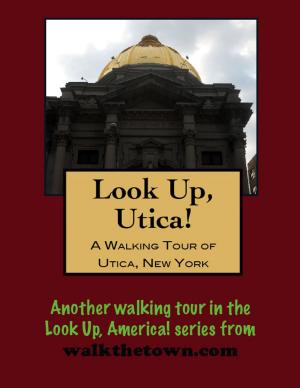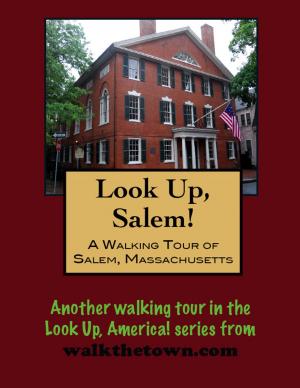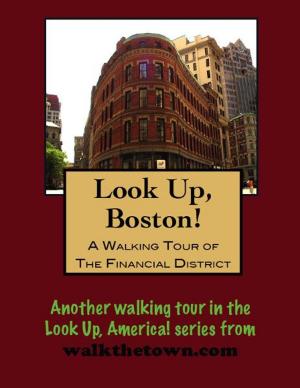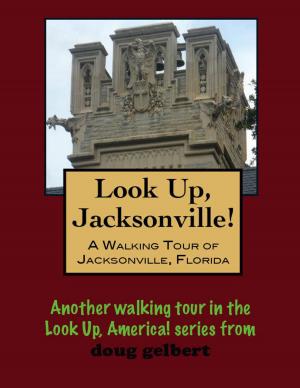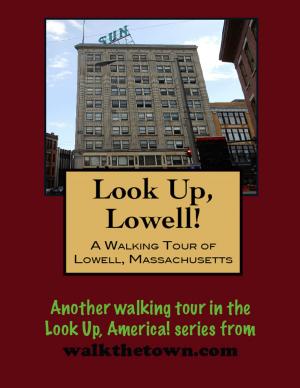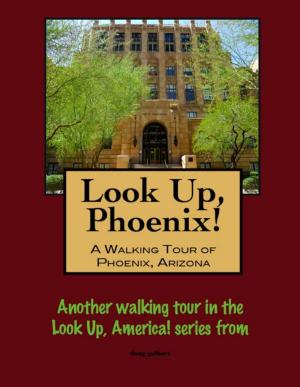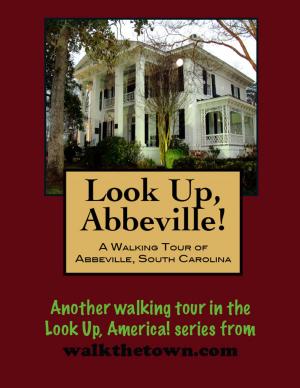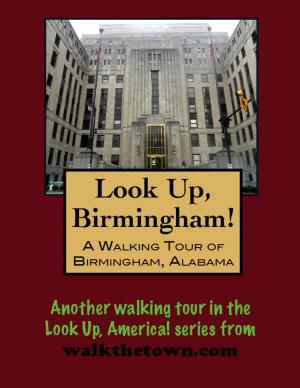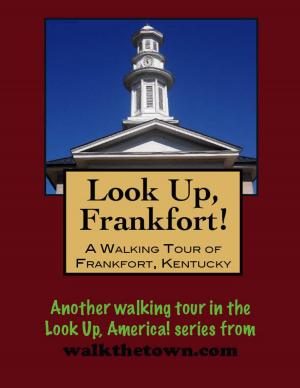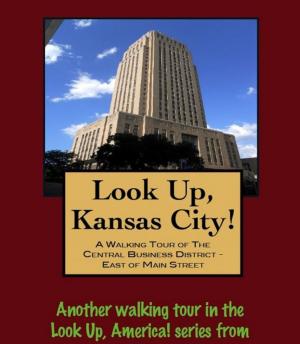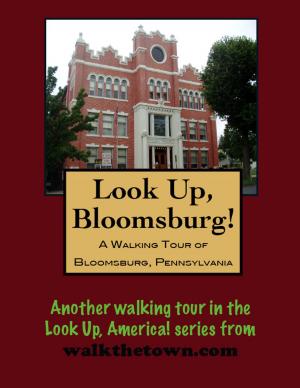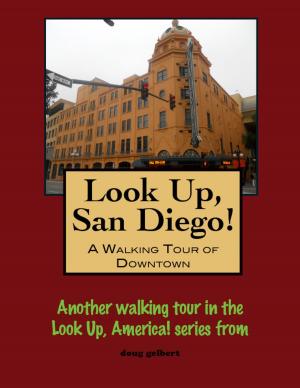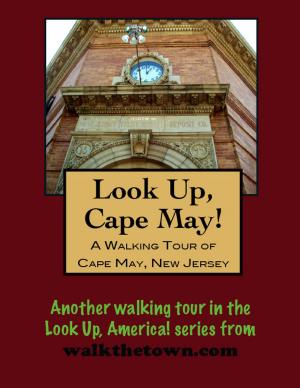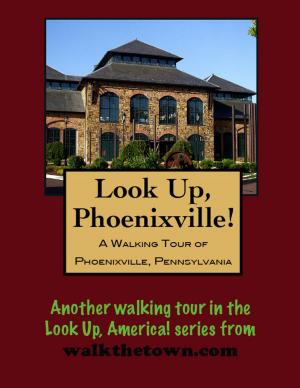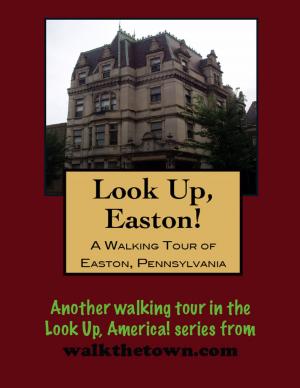| Author: | Doug Gelbert | ISBN: | 9781458172334 |
| Publisher: | Doug Gelbert | Publication: | March 4, 2011 |
| Imprint: | Smashwords Edition | Language: | English |
| Author: | Doug Gelbert |
| ISBN: | 9781458172334 |
| Publisher: | Doug Gelbert |
| Publication: | March 4, 2011 |
| Imprint: | Smashwords Edition |
| Language: | English |
There is no better way to see America than on foot. And there is no better way to appreciate what you are looking at than with a walking tour. This walking tour of East Market, Maryland is ready to explore when you are. Each walking tour describes historical, architectural landmarks, cultural sites and ecclesiastic touchstones and provides step-by-step directions.
Every tour also includes a quick primer on identifying architectural styles seen on American streets.
The area was first mentioned in a grant to Henry Sewell dated 1649 in London, England. On a map dated 1673, the region is largely depicted as being inhabited by woodland indians with a fort located near the town known as “Fort Warwick”. After colonization, some of the earliest family names were Adams, Anderton, Melville, Pattison, Rix, Smith, and Taylor. These families settled into basically four land grants known as Bath, York, Carthegena, and Warwick. Warwick was situated between what is currently the Town of Secretary and East New Market. This area was largely owned by the Hooper family. The next group of families to purchase land and build residences were the Daffin’s, Ennalls’, Gist’s, Hodson’s, Hicks’, McKeel’s, Newton’s, Sulivane’s and Thompson’s.
Many of these families were seeking religious freedom and economic gain through the purchase of property. It isn’t unusual for families to have owned real estate in this area, but never living in the area until later generations, if at all. In 1790 the village of “New Market” was starting to appear on maps.
A post office was established in 1803 and shortly thereafter “East” was added to the town’s name, renaming the town East New Market in 1827. The town was incorporated under the session laws of 1832, and a town commission was instituted, predating by many years the adoption of that form of small-town government by many other jurisdictions.
The town grew with the introduction of the railroad in the latter part of the 19th century. This allowed agriculture to gain economic strength within the county. It was during this time that religious and educational institutions became even more established through their reputations as centers of learning and worship.
Our walking tour will start at the crossroad of this crossroads town and we’ll go aways in every direction...
There is no better way to see America than on foot. And there is no better way to appreciate what you are looking at than with a walking tour. This walking tour of East Market, Maryland is ready to explore when you are. Each walking tour describes historical, architectural landmarks, cultural sites and ecclesiastic touchstones and provides step-by-step directions.
Every tour also includes a quick primer on identifying architectural styles seen on American streets.
The area was first mentioned in a grant to Henry Sewell dated 1649 in London, England. On a map dated 1673, the region is largely depicted as being inhabited by woodland indians with a fort located near the town known as “Fort Warwick”. After colonization, some of the earliest family names were Adams, Anderton, Melville, Pattison, Rix, Smith, and Taylor. These families settled into basically four land grants known as Bath, York, Carthegena, and Warwick. Warwick was situated between what is currently the Town of Secretary and East New Market. This area was largely owned by the Hooper family. The next group of families to purchase land and build residences were the Daffin’s, Ennalls’, Gist’s, Hodson’s, Hicks’, McKeel’s, Newton’s, Sulivane’s and Thompson’s.
Many of these families were seeking religious freedom and economic gain through the purchase of property. It isn’t unusual for families to have owned real estate in this area, but never living in the area until later generations, if at all. In 1790 the village of “New Market” was starting to appear on maps.
A post office was established in 1803 and shortly thereafter “East” was added to the town’s name, renaming the town East New Market in 1827. The town was incorporated under the session laws of 1832, and a town commission was instituted, predating by many years the adoption of that form of small-town government by many other jurisdictions.
The town grew with the introduction of the railroad in the latter part of the 19th century. This allowed agriculture to gain economic strength within the county. It was during this time that religious and educational institutions became even more established through their reputations as centers of learning and worship.
Our walking tour will start at the crossroad of this crossroads town and we’ll go aways in every direction...

